Out of Court Settlement Letter Template for Easy Resolution
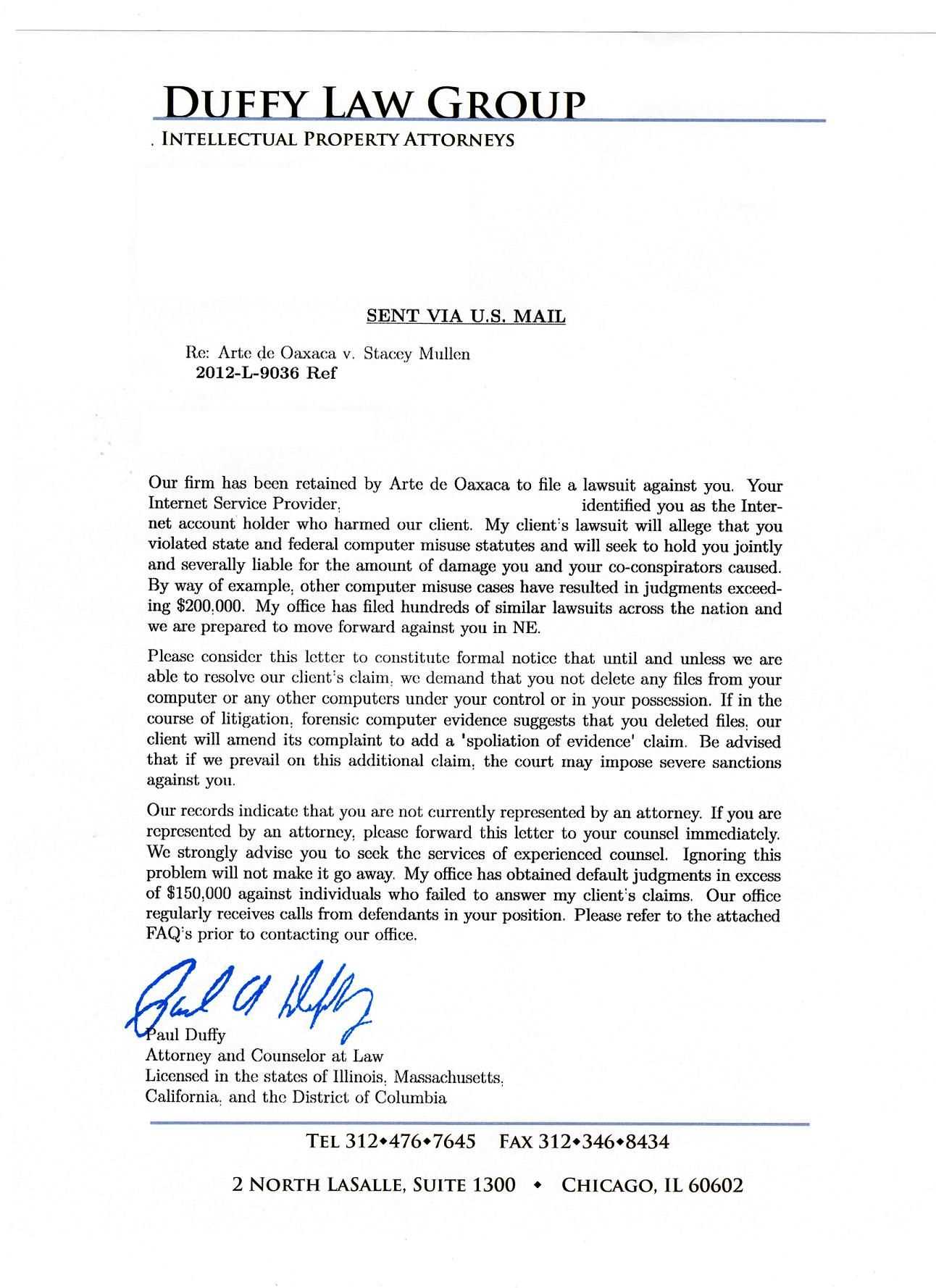
When disagreements arise, resolving them without formal legal action can often save both time and resources. A clear and concise communication can lead to an efficient resolution, avoiding the complexity of lengthy legal processes. This approach is especially beneficial for individuals or businesses aiming to settle matters in a straightforward and amicable manner.
Crafting an effective document for this purpose requires a careful balance of clarity and professionalism. The content should convey the intent to resolve the issue while maintaining an open dialogue for potential compromise. By focusing on the key aspects of the dispute, the communication becomes an essential tool for reaching a mutual agreement.
Understanding the importance of this method allows parties to move forward without unnecessary delays. Whether it’s a business disagreement, a contractual issue, or a personal matter, drafting a clear and respectful message can pave the way for an effective resolution. Timely and clear communication can significantly reduce the chances of escalation, helping to preserve relationships and avoid formal legal intervention.
Why Use an Out of Court Settlement?
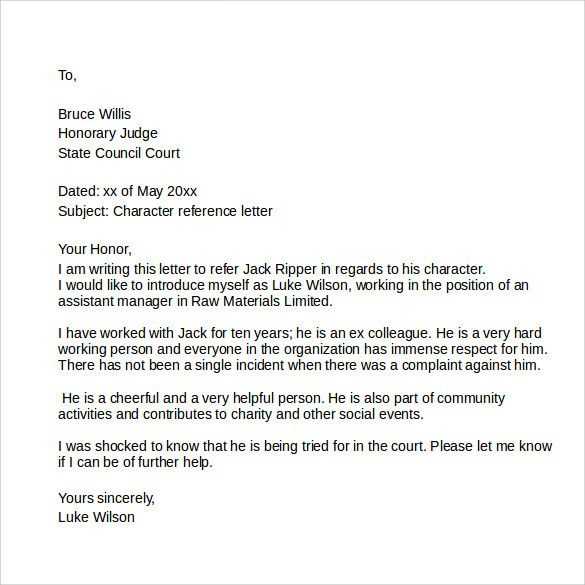
Resolving disputes outside of formal legal proceedings offers numerous advantages. This approach allows both parties to come to an agreement without the time-consuming and expensive process of going through trial. Instead of engaging in prolonged litigation, individuals can focus on finding a mutually beneficial solution more efficiently.
Cost-Effective and Time-Saving
One of the main reasons for choosing this method is its potential to significantly reduce both time and financial costs. Legal proceedings can be expensive due to attorney fees, court fees, and other related expenses. By avoiding these, parties can reach a resolution more quickly and with fewer resources, making it an ideal option for many individuals and businesses.
Flexibility and Control
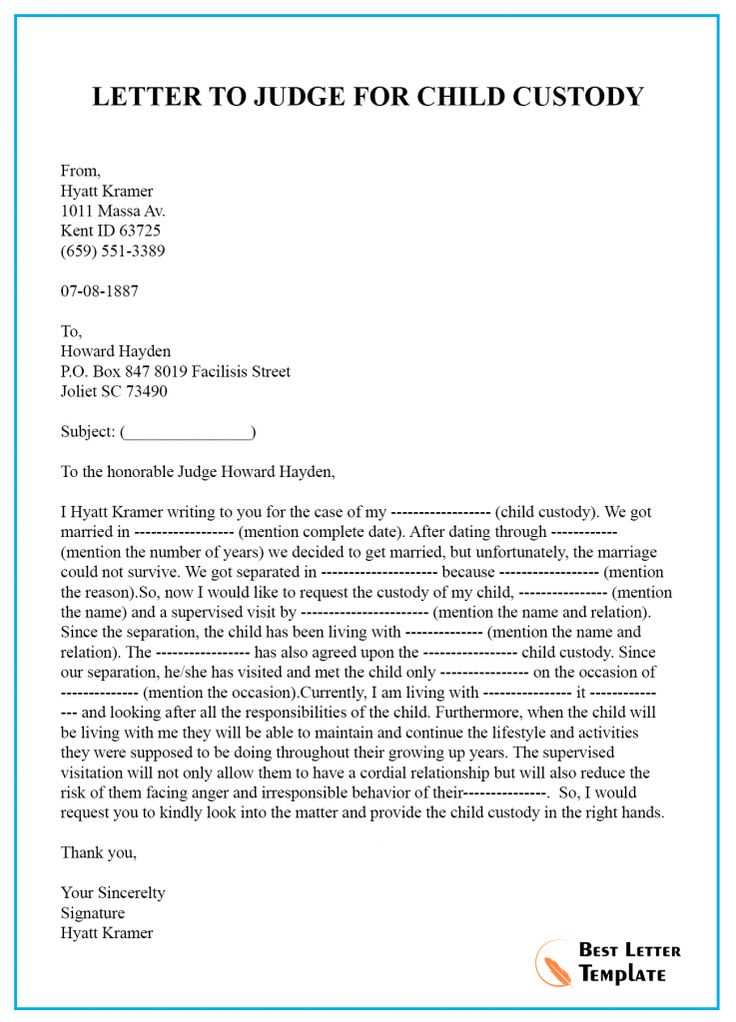
Another key benefit is the flexibility it offers. Both parties have more control over the outcome, as they can negotiate the terms and conditions based on their own preferences. This flexibility can help preserve relationships, as the process tends to be less adversarial than a courtroom trial. A well-crafted agreement allows for tailored solutions that may not be possible through formal legal procedures.
Efficient and amicable resolutions can often prevent the escalation of disputes, ensuring that both parties walk away feeling heard and satisfied with the outcome. In contrast, legal battles can lead to prolonged conflict, making it harder to find common ground. By choosing this alternative, individuals increase their chances of a fair and respectful conclusion.
Key Elements of a Settlement Letter
When crafting a document to resolve a dispute without formal legal intervention, it’s crucial to ensure that all essential components are included. The key to an effective resolution lies in a clear structure that addresses the main issues while proposing a fair and reasonable solution. A well-constructed communication can set the stage for a positive outcome for both parties involved.
Basic Structure of the Document
- Introduction: Clearly identify both parties and the purpose of the communication.
- Statement of the Issue: Provide a concise overview of the disagreement and its context.
- Proposed Solution: Offer a clear and specific resolution to the matter at hand.
- Terms and Conditions: Outline any conditions, timelines, or responsibilities that need to be agreed upon.
- Call to Action: Encourage the recipient to respond or take necessary action.
Important Considerations
- Tone and Professionalism: Ensure that the tone is respectful and professional to foster a constructive dialogue.
- Clarity: Avoid vague or ambiguous language to prevent misunderstandings.
- Deadline: Include a clear deadline for response to ensure timely resolution.
By carefully incorporating these components, the document serves as a solid foundation for reaching an agreement that both parties can accept. It demonstrates a commitment to resolving the issue amicably, while laying out clear expectations for the next steps in the process.
How to Draft a Clear Letter
Writing an effective document to resolve a dispute requires precision and clarity. The goal is to convey your message in a straightforward manner while ensuring that the recipient fully understands the key points. A well-drafted communication sets the stage for a smooth resolution by eliminating confusion and offering a clear path forward.
Begin by organizing your thoughts and focusing on the most important aspects of the issue. Be specific about the points of disagreement and avoid unnecessary details that could distract from the main issue. Use simple, direct language and make sure the tone remains respectful and professional throughout. A clear, concise approach helps both parties feel confident in moving toward a mutually agreeable solution.
Additionally, structuring the message in a logical flow helps the recipient follow the reasoning easily. Start by introducing the problem, followed by the proposed resolution, and end with any necessary follow-up actions. By being transparent and precise, you increase the likelihood of achieving a positive outcome while minimizing the chances of misunderstandings or miscommunication.
Common Mistakes to Avoid in Settlements
When attempting to resolve conflicts outside of formal legal channels, it’s important to approach the process carefully to avoid common missteps. Even well-intentioned efforts can be undermined by a lack of clarity, unrealistic expectations, or poor communication. Recognizing and addressing these issues early can help ensure that the process is effective and that both parties are satisfied with the outcome.
Vague or Ambiguous Language
One of the most frequent mistakes is using unclear or imprecise language. When the terms and expectations are not well-defined, it can lead to confusion and conflict down the road. Be sure to specify all the relevant details, such as deadlines, payment terms, or any actions required from either party. The more specific you can be, the less room there is for interpretation or misunderstanding.
Ignoring Legal Considerations
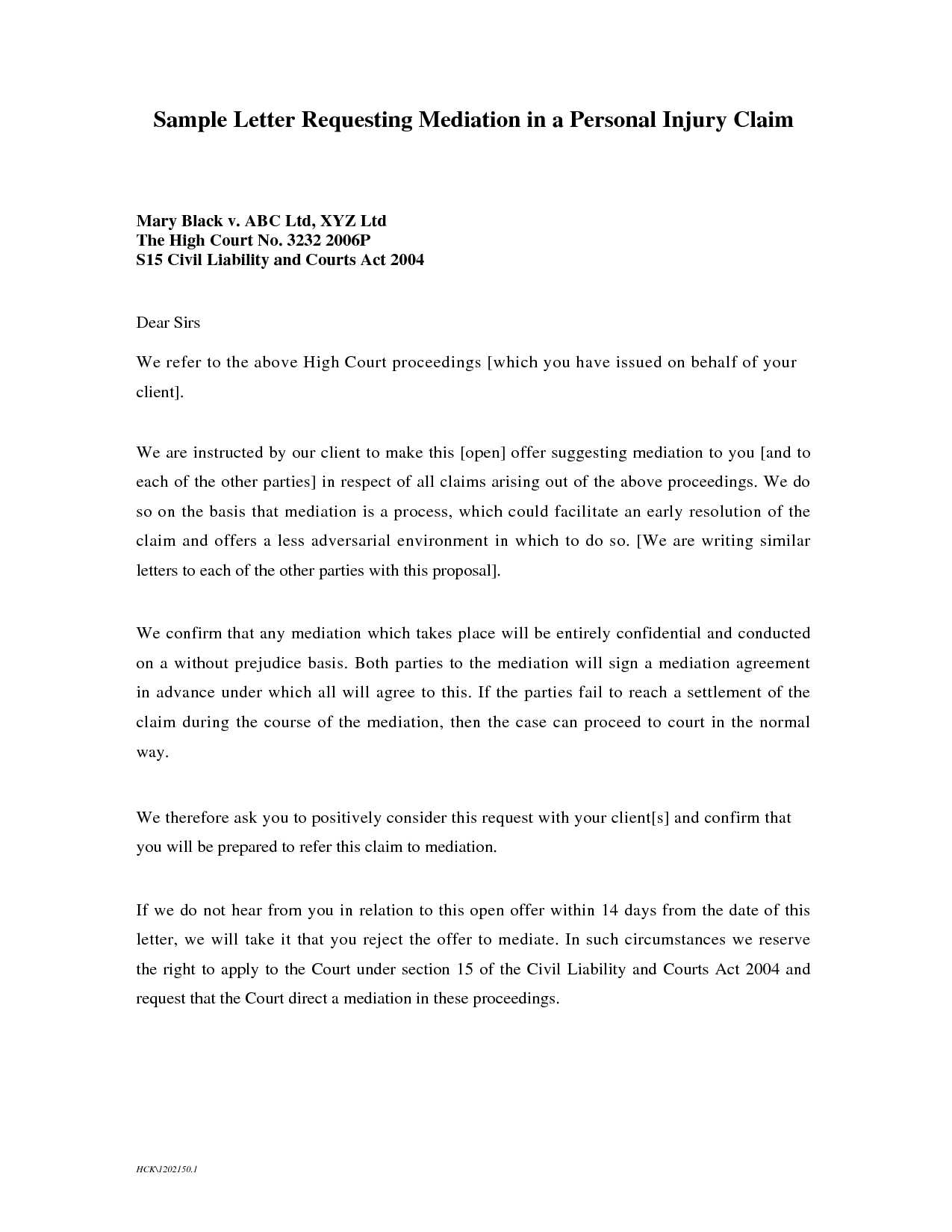
Another mistake is failing to consider the legal implications of your communication. Even though you may not be pursuing formal legal action, it’s essential to ensure that your proposal is reasonable and legally sound. Overlooking key legal aspects can lead to complications or render the agreement unenforceable. Consulting with legal experts can help prevent these pitfalls.
Avoiding these common errors will significantly increase the likelihood of a successful resolution. A well-constructed document that is clear, reasonable, and legally mindful can help resolve disputes efficiently while maintaining positive relationships between the parties involved.
Legal Considerations for Settlement Letters
When drafting a document to resolve a dispute without formal legal action, it’s crucial to keep in mind several legal factors that could impact the enforceability and effectiveness of the agreement. Ensuring that the content complies with relevant laws and regulations can prevent future complications and safeguard both parties involved. Understanding these considerations helps to create a legally sound and binding agreement.
| Legal Factor | Description |
|---|---|
| Clarity of Terms | The document should clearly outline the terms of the resolution, including specific obligations, deadlines, and any agreed-upon actions to ensure enforceability. |
| Mutual Agreement | Both parties must explicitly agree to the terms, which is usually evidenced by signatures or other formal acknowledgment to make the agreement legally binding. |
| Consideration | There should be a fair exchange of value, whether it’s money, goods, or services, to make the agreement valid in a legal context. |
| Jurisdiction | Clarifying the jurisdiction where any legal disputes would be resolved is important in case the agreement needs to be enforced through legal channels. |
| Confidentiality | If necessary, include confidentiality clauses to protect sensitive information and prevent it from being disclosed without permission. |
By addressing these legal considerations, you ensure that the agreement is not only clear and fair but also has the legal backing needed to be enforceable if necessary. This proactive approach minimizes risks and helps both parties confidently move forward with the resolution process.
How to Send a Settlement Letter Properly
Once the document to resolve a disagreement has been drafted, sending it correctly is a crucial step in ensuring that both parties receive and understand the terms of the agreement. Proper delivery not only helps avoid misunderstandings but also ensures that the communication is legally recognized if needed. There are several methods for sending this type of communication, each with its own benefits.
Methods of Sending the Document
- Certified Mail: This option provides proof of delivery, ensuring the recipient receives the document and confirming the date it was sent.
- Courier Services: Using a reputable courier service offers fast, reliable delivery, often with tracking features for added security.
- Email with Confirmation: Sending the communication via email with a read receipt ensures that the recipient has opened the document, though this method may not be legally binding in some jurisdictions without further formal steps.
Best Practices for Sending the Document
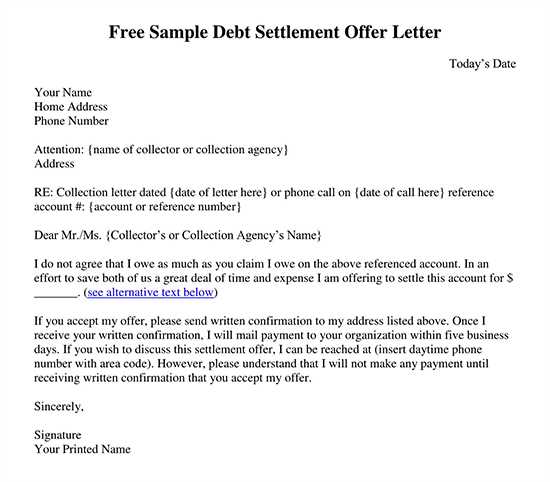
- Ensure Accuracy: Double-check the recipient’s contact details before sending to avoid delays or missed deliveries.
- Keep Copies: Always retain a copy of the document and proof of delivery for your records in case the agreement needs to be referred to later.
- Set a Response Deadline: Make sure to include a clear deadline for the recipient’s response to ensure that the matter is resolved in a timely manner.
By following these guidelines, you increase the likelihood of successful communication, making the resolution process smoother and more efficient for both parties. Properly sending the document ensures that all parties are on the same page and provides a clear record of the attempt to resolve the issue amicably.